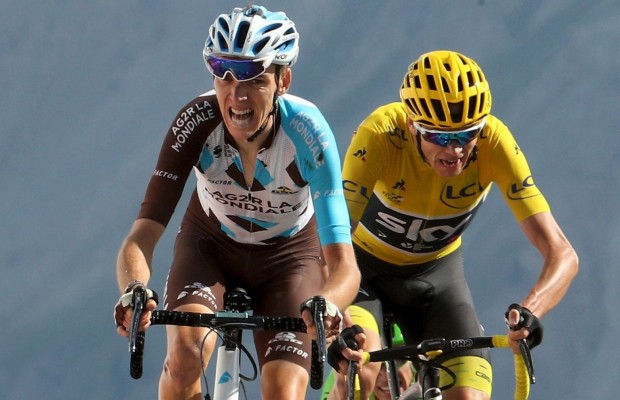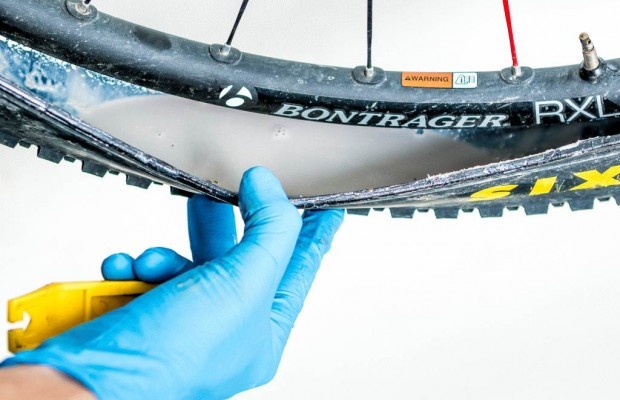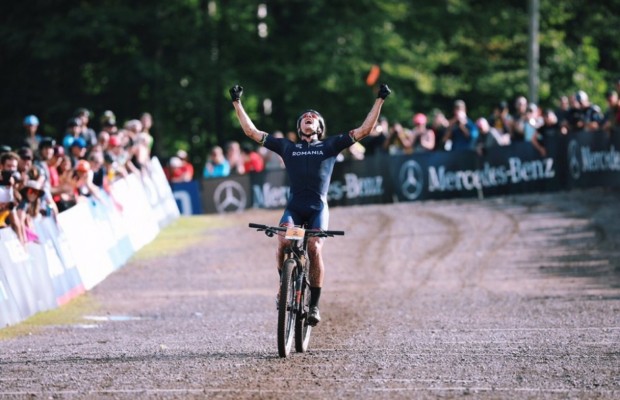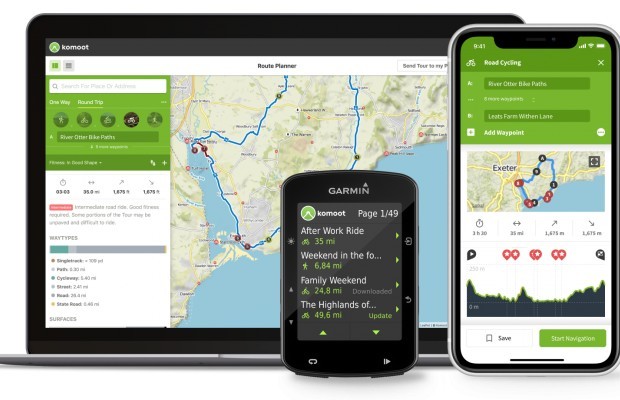Why our legs feel so heavy if we stop during a ride
The typical mid-route coffee stop often takes its toll in the form of aching legs when we get back on the road. Physiology comes in to explain why most of us are assaulted by a terrible feeling when we start pedaling again, even if the stop was short.

How to avoid heavy legs after a coffee break
The mid-route stop, especially during the fall and winter when training is more focused on long rides in company, is one of the pillars of the social aspect of cycling.
Practically all the groups have their own small sanctuary through which they pass their usual routes and where they share a little time for recovery and pleasant conversation.
RECOMENDADO

How to lose body fat? Differences between losing weight and losing fat

When must the tubeless tire sealant be replaced? What quantity?

The real importance of signing up for a race

Don't overlook your nutrition when training in cold weather

The best apps for cycling and mountain biking

25 cycling gifts ideas to get it right
However, when we get back on the road, practically all cyclists agree that the first few kilometers are a genuine pain: heavy legs, muscle aches, lack of tone... these are common sensations that afflict us, and it is not rare to find in the groups those who prefer to avoid the stop and continue the route apart from the group.
The physiological explanation
There are several reasons for these sensations. In the first place, when the stop has a certain duration the organism returns to a state of rest, this means that starting the exercise again would require a small warm-up process similar to the one we do when starting the route, where the first kilometers, even if it is only to leave the city or to go to the meeting point, serve to activate the body.

During the first minutes of exercise, when the muscles begin to demand more oxygen, although the intensity is low, our body works anaerobically until all the muscles are adequately oxygenated. This type of operation causes the muscles to generate lactic acid in the same way as if we were performing an intense effort, with the same effect in the form of leg pain.
In addition to this, during the stop the most common thing to do is to accompany the coffee with a bun, a piece of toast or a piece of cake, whatever is popular in each area, which suddenly increase the levels of glucose in the blood. When starting suddenly, and working the muscles in an anaerobic way, the chosen fuel is the glucose in the blood whose concentration drops rapidly, causing a similar effect, although to a lesser extent, to that of the dreaded bonk. It is not until glucose levels stabilize and fat reserves begin to be mobilized that the bad feelings that accompany us at the start do not end.
How to reduce leg heaviness after a coffee break
After what has been explained in the previous paragraphs, you have surely deduced the correct answer: taking it easy for the first few kilometers, as a little warm-up. However, this is not usually the case, we even know of groups where you start after a certain amount of time and no one is waiting for you there. If you are late going to the toilet or paying you will have to push hard to catch up.

It can also help to recover and stabilize the drop in blood glucose that occurs in the first moments to take a gel or other carbohydrate intake once we have started, even if we had what we ingested during the stop.
Of course, the duration of the stop is key so that the body is either starting from scratch as if we were leaving home in the morning, or is still reasonably active so that it hardly notices the effects of having stopped.
In many groups you stop for more than half an hour, we even know of cases of groups whose stop is a real lunch break, after which, it is not exactly quiet, but it is precisely when the real hustle and bustle of the route begins.
Fortunately, the bad sensations usually only last for a short time, after which the body is fully functional again, allowing us to perform as we are accustomed to.